-
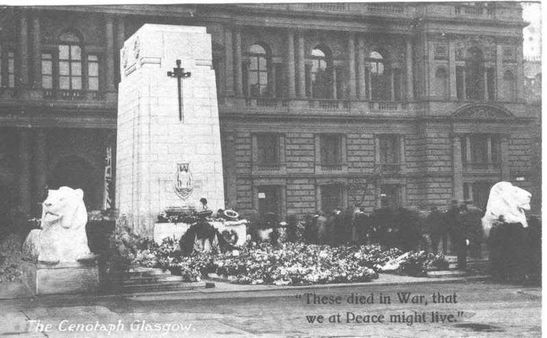
Archival postcard view- mid to late 1920's - Taken by out of copyright 01 Jan 1925
-
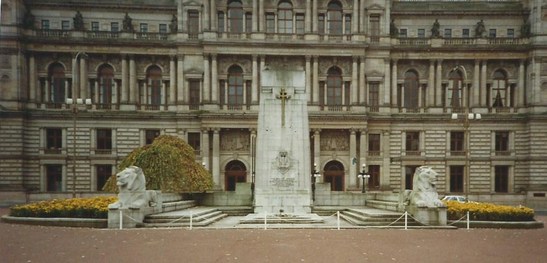
Glasgow Cenotaph - Taken by Leslie Scarborough 01 Jan 1990
-
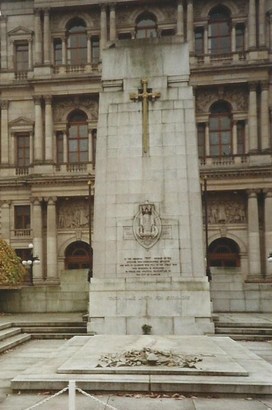
Glasgow Cenotaph - Taken by Leslie Scarborough 01 Jan 1990
-
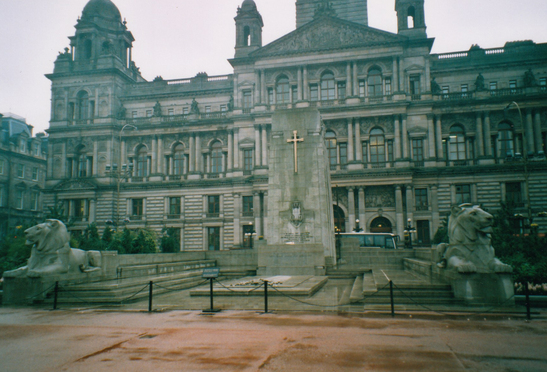
Glasgow Cenotaph (date approx) - Taken by B Woods 01 Jan 2000
-
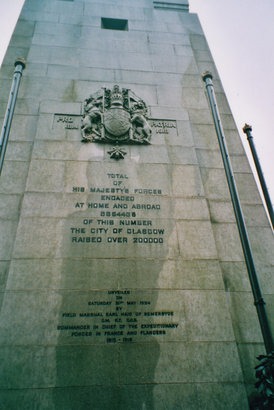
Glasgow Cenotaph 2 (date approx) - Taken by B Woods 01 Jan 2000
-
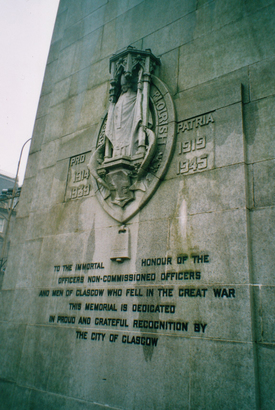
Glasgow Cenotaph 3 (date approx) - Taken by B Woods 01 Jan 2000
-
View of Cenotaph from George Square. - Taken by Colin Blair 18 Feb 2012
-
Side elevation - Taken by WMT 03 Oct 2013
-
Back elevation - Taken by WMT 03 Oct 2013
-
Side elevation - Taken by WMT 03 Oct 2013
-
Sarcophagus - Taken by WMT 03 Oct 2013
-
Front elevation - Taken by WMT 03 Oct 2013
-
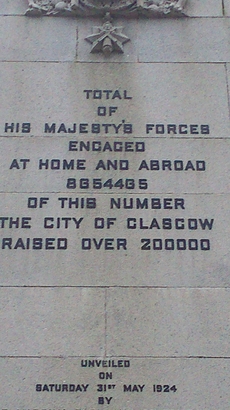
101074 - Inscription on reverse - Taken by War Memorials Trust 21 Mar 2014
-
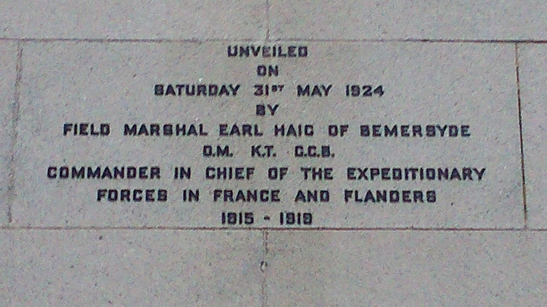
101074 - Unveiling details on reverse - Taken by War Memorials Trust 21 Mar 2014
-
Front view - Taken by Lytton Patrick Brown 04 Aug 2014
-
Prince of Wales & Commonwealth wreaths on the Unknown Soldier - Taken by Lytton Patrick Brown 04 Aug 2014
-
_547x410.jpg?v=6620ad3e8a426)
Front elevation - Taken by WMT 02 Oct 2017
-
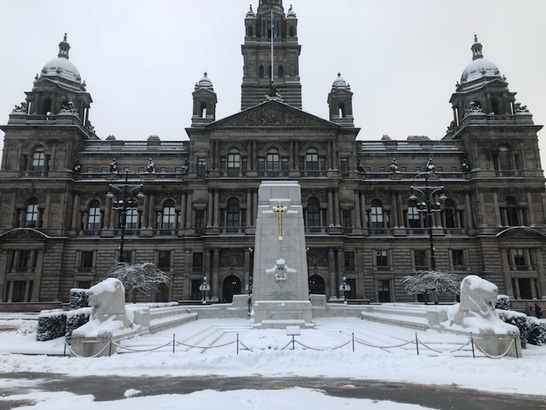
War memorial in snow - Taken by WMT 28 Feb 2018
-
_547x410.jpg?v=6620ad3e8a426)
Cenotaph George Square - Taken by GCC 08 Sep 2022
-
_547x410.jpg?v=6620ad3e8a426)
Cenotaph George Square - Taken by GCC 08 Sep 2022
-
_547x410.jpg?v=6620ad3e8a426)
Cenotaph George Square - Taken by GCC 08 Sep 2022
-
_547x410.jpg?v=6620ad3e8a426)
Cenotaph George Square - Taken by GCC 08 Sep 2022
Reference WMO/101074
War Memorials Trust case: War Memorials Trust needs to avoid Contributors changing location/description details as we help to protect and conserve this war memorial through our casework. You can still add photographs, update condition and use the tabs below. If you believe any of the information you cannot edit is wrong or information is missing, please make a note of the reference number and include it in your email when you contact us.
- Stone Granite
- First World War (1914-1918)
- Second World War (1939-1945)
Grants to support the repair and conservation of war memorials are available from the charity War Memorials Trust if it has raised funds. Support is focused on war memorials in Very bad or Poor condition or where there is a serious Concern.
Before applying for a grant you should read the advice available on War Memorials Trust`s website. The What we can and cannot fund helpsheet explains what types of work the charity can fund.
If you believe your project is eligible for a grant you should complete the Pre-application enquiry form. You will need to be registered and logged in to complete this.
The Pre-application enquiry form is a series of questions to see if your project is eligible. If it is, you will need to provide further details and submit current colour photographs of the war memorial in either a png, gif, jpg or jpeg format.
You can save your Pre-application enquiry form as you go along. Once submitted War Memorials Trust will respond.
Please be aware that a summary of your enquiry, without your contact details, will appear on this page once submitted. This ensures others are aware that an enquiry has been made and can read the response to avoid duplicate enquiries. Information provided by you to us will be used for the purpose of managing the grant enquiry, for further details please read our Terms and Conditions and Privacy Policy .
As a charity, War Memorials Trust relies on voluntary donations and every contribution, no matter how large or small, makes a really big difference to our work. Your donation will help protect and conserve war memorials for future generations so please support War Memorials Trust’s work.
The inscription reads ‘To the immortal honour of the officers, non-commissioned officers and men of Glasgow who fell in the Great War. This memorial is dedicated in proud and grateful recognition by the City of Glasgow.’
B (Scotland)
32692
Information Required
Information Required
Information Required
Information Required

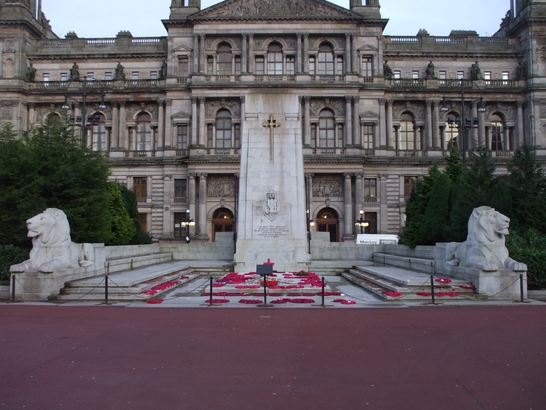
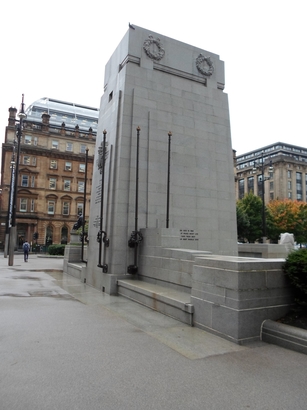
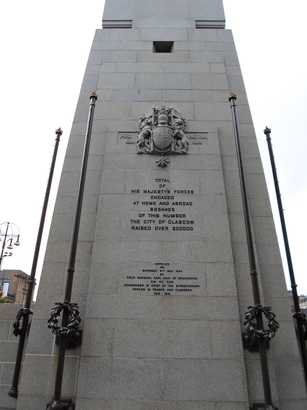
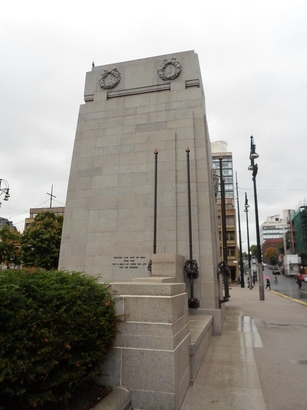
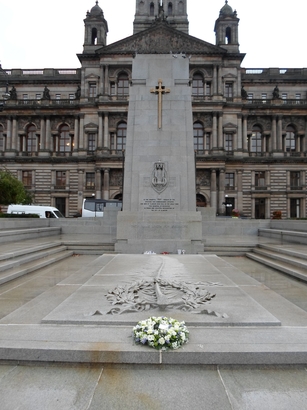
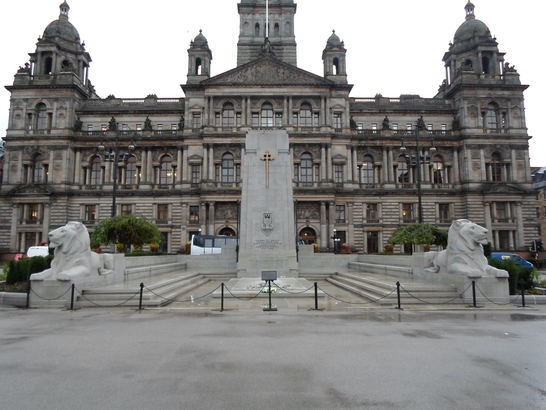
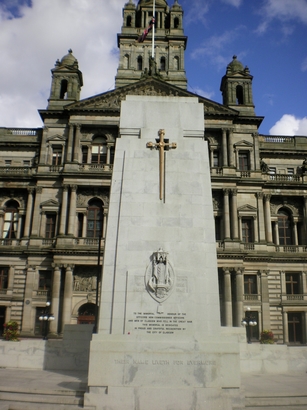
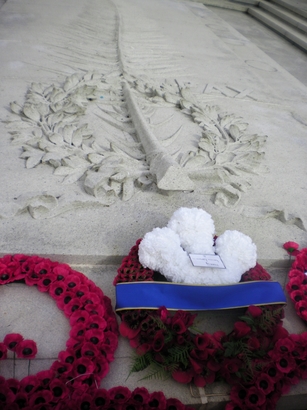
















_80x80.jpg?v=6620ad3e8a426)

_80x80.jpg?v=6620ad3e8a426)
_80x80.jpg?v=6620ad3e8a426)
_80x80.jpg?v=6620ad3e8a426)
_80x80.jpg?v=6620ad3e8a426)